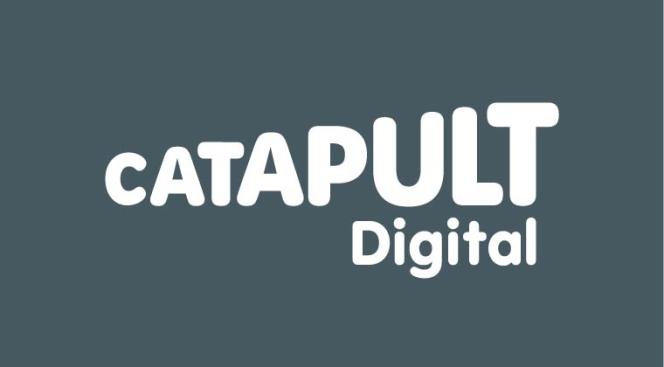
Isaac Newton Institute
Background
Distributed Ledger Technology (DLT) and its numerous potential applications has gained increasing attention in recent years. The UK showed early interest in the technology and through strong research effort is now recognised as a global player. Following rapid changes in the sector worldwide in the last few years, other countries including China, Denmark, Japan, Switzerland and the USA have also made significant impacts.
Beyond cryptocurrencies (such as Bitcoin), DLT has value in applications which require chains of provenance, attestation of data and decentralised trust for IoT devices for instance. According to a report by the UK’s Digital Catapult, it is envisioned that the commercial model most likely to succeed in the short term is permissioned, rather than permissionless blockchain. This is where ledgers are hosted between known groups of participants and visibility, access and editing rights to shared data are regulated. Some key areas highlighted as being particularly promising include supply chain traceability, smart contracts (software programmes executing across distributed networks) and Govtech (Government data that must be secure but needs to be shared with and accessible by others).
The mathematical sciences have a key role to play in helping to realise the potential of DLT and move the technology forward. The mathematics that underpins distributed ledgers is not trivial: not only does the technology rely on cryptography, but robustness and security of the protocol relies on the mathematical behaviour of the system. Moreover, new functionality such as smart contracts are realised through cutting-edge advances in cryptography, and the need to develop alternatives to energy-expensive proof-of-work calls on careful mathematical engineering.
Aims and Objectives
This workshop was a collaboration with GCHQ, the Digital Catapult and the Engineering and Physical Sciences Research Council ( EPSRC). In recognition of the potential and possibilities of DLT as a technology for both Government and the UK as a whole, it aimed to support appropriate use cases and promote research into scalable DLT. This is set against the backdrop that DLT has sometimes been mooted as a solution to technical problems, where it isn’t appropriate and there is a need to separate the reality from the hype in order to better understand what the technology can really do. It also served to bring together stakeholders (research and end users) from multiple communities, to help connect people and build closer links and collaborations to strengthen the community.
There is a recognised need to explore appropriate applications beyond crypto currencies and a key feature of the day was to highlight a number of use cases across various research areas and applications. A mixture of talks and discussion were split across four sessions to include:
- An overview – current situation, a national perspective
- Research areas and applications – archives of digital public records, foundations of distributed ledgers, human centred design, DLT in central banks
- Challenges and future opportunities – legal/standards framework and general data protection regulations implications, UK Government perspective, vision and framework for the future
- Vision and Future Strategy
The day finished with a Panel Discussion which aimed to explore issues around the vision and future strategy for DLT.
Posters
We were really keen to hear about use cases and research into DLT and had a poster exhibition as this was a good opportunity to share this type of knowledge. Therefore we strongly encouraged delegates to register their interest in displaying a poster. The exhibition ran alongside the workshop and during the drinks reception.
Registration and Venue
There was no fee to attend this event.
The workshop took place at the Isaac Newton Institute for Mathematical Sciences in Cambridge. Please see the Isaac Newton Institute website for further information about the venue.




